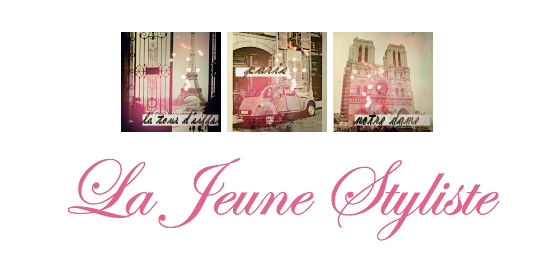Queen Victoria died in 1901, ending the Victorian Age and bringing in the Edwardian Age with the reign of King Edward VII. Even more advancements were made in transportation with bicycles, automobiles, and trains (oh my!). There was a brief economic downturn in 1907, however most of the world and population still prospered. Peoples dispensible incomes were used on entertainment such as the theater, opera, and "moving pictures."
The mature female silhouette consisted of the pouter pigeon figure that accentuated a small waist with round curves above and below, requiring the S-bend corset. Bodices were boned and bloused out above; sleeves were long, and skirts were worn close to the hip and feature gores that flared into a trumpet shape.
Men's fashion tended toward a blockier shape: three-piece suits and the sack coat with no waistline seams. However, it later gave way to more relaxed styles and men began omitting vests and even jackets. Bloomers or Knickers were adapted by men and women to be worn for cycling.
The Gibson Girl was the "new woman" of the 1900s. She was created by Charles Dana Gibson and featured a popular curved figure. She was independent, active, and beautiful. Her counterpart was the Arrow Collar Man, fashioned as a clean-cut and sporty version of masculinity.
In Paris, the House of Callot Soeurs was specializing in lace and Jean-Phillip Worth took over the House of Worth from his father.









